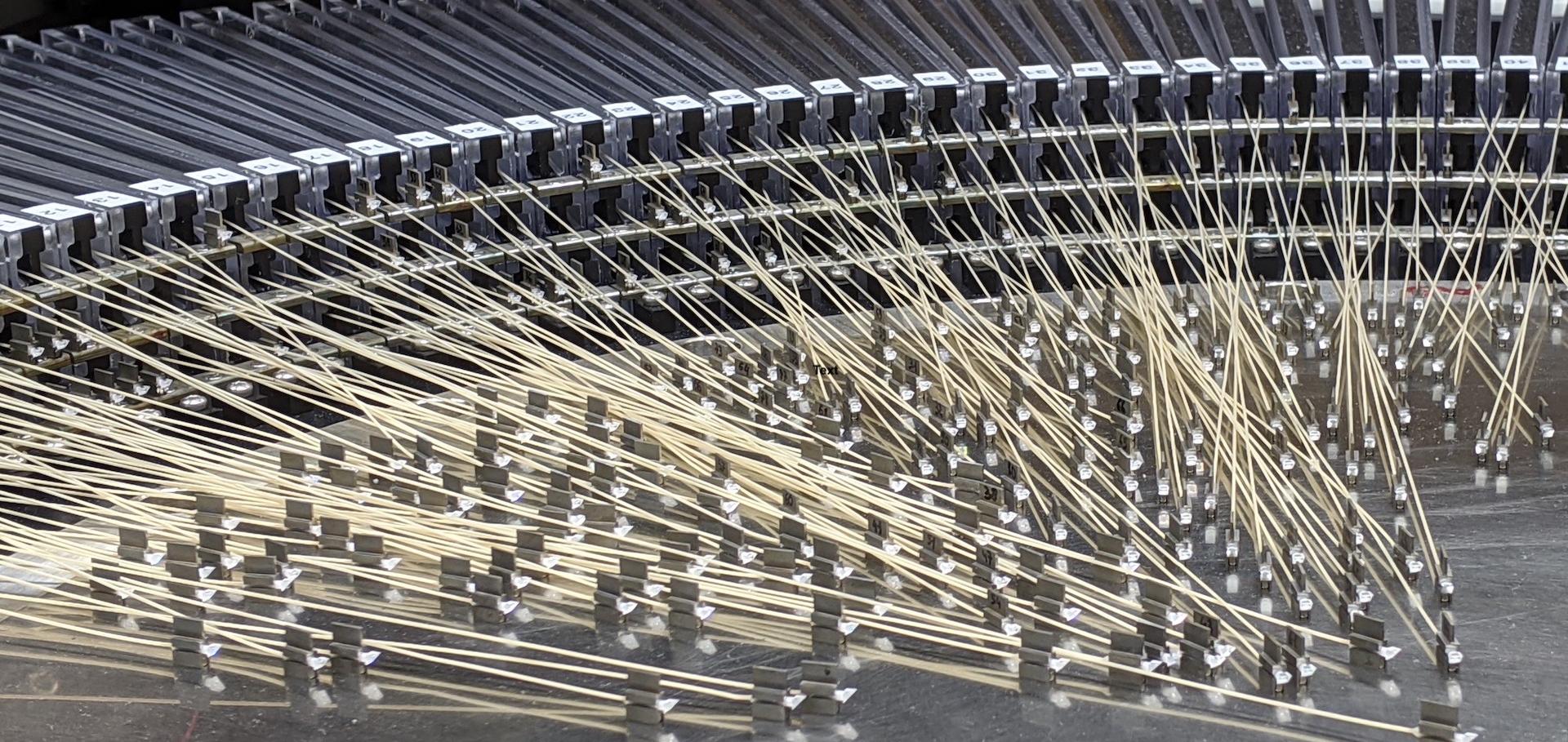Project overview of OPTIMOS-EVE: The fibre-fed multi-object spectrograph for the E-ELT
Proceedings of SPIE - The International Society for Optical Engineering 7735:PART 1 (2010)
Abstract:
OPTIMOS-EVE (OPTical Infrared Multi Object Spectrograph - Extreme Visual Explorer) is the fibre fed multi object spectrograph proposed for the European Extremely Large Telescope (E-ELT), planned to be operational in 2018 at Cerro Armazones (Chile). It is designed to provide a spectral resolution of 6000, 18000 or 30000, at wavelengths from 370 nm to 1.7 μm, combined with a high multiplex (>200) and a large spectral coverage. Additionally medium and large IFUs are available. The system consists of three main modules: a fibre positioning system, fibres and a spectrograph. The recently finished OPTIMOS-EVE Phase-A study, carried out within the framework of the ESO E-ELT instrumentation studies, has been performed by an international consortium consisting of institutes from France, Netherlands, United Kingdom and Italy. All three main science themes of the E-ELT are covered by this instrument: Planets and Stars; Stars and Galaxies; Galaxies and Cosmology. This paper gives an overview of the OPTIMOS-EVE project, describing the science cases, top level requirements, the overall technical concept and the project management approach. It includes a description of the consortium, highlights of the science drivers and resulting science requirements, an overview of the instrument design and telescope interfaces, the operational concept, expected performance, work breakdown and management structure for the construction of the instrument, cost and schedule. © 2010 Copyright SPIE - The International Society for Optical Engineering.Fibre multi-object spectrograph (FMOS) for the Subaru Telescope
Publications of the Astronomical Society of Japan 62:5 (2010) 1135-1147
Abstract:
Fibre Multi-Object Spectrograph (FMOS) is the first near-infrared instrument with a wide field of view capable of acquiring spectra simultaneously from up to 400 objects. It has been developed as a common-use instrument for the F=2 prime-focus of the Subaru Telescope. The field coverage of 300 diameter is achieved using a new 3-element corrector optimized in the near-infrared (0.9-1.8μm) wavelength range. Due to limited space at the prime-focus, we have had to develop a novel fibre positioner, called " Echidna" , together with two OH-airglow suppressed spectrographs. FMOS consists of three subsystems: the prime focus unit for IR, the fibre positioning system/connector units, and the two spectrographs. After full systems integration, FMOS was installed on the telescope in late 2007. Many aspects of the performance were checked through various test and engineering observations. In this paper, we present the optical and mechanical components of FMOS, and show the results of our on-sky engineering observations to date. © 2010. Astronomical Society of Japan.Fibre positioning revisited: The use of an off-the-shelf assembly robot for OPTIMOS-EVE
Proceedings of SPIE - The International Society for Optical Engineering 7739 (2010)
Abstract:
The OPTIMOS-EVE instrument proposed for the E-ELT aims to use the maximum field of view available to the E-ELT in the limit of natural or ground-layer-corrected seeing for high multiplex fibre-fed multi-object spectroscopy in the visible and near-IR. At the bare nasmyth focus of the telescope, this field corresponds to a focal plane 2.3m in diameter, with a plate-scale of ∼3mm/arcsec. The required positioning accuracy that is implied by seeing limited performance at this plate-scale brings the system into the range of performances of commercial off-the-shelf robots that are commonly used in industrial manufacturing processes. The cost-benefits that may be realized through such an approach must be offset against the robot performance, and the ease with which a useful software system can be implemented. We therefore investigate whether the use of such a system is indeed feasible for OPTIMOS-EVE, and the possibilities of extending this approach to other instruments that are currently in the planning stage. © 2010 SPIE.Fibre Positioning Revisited: The use an off-the-shelf assembly robot for OPTIMOS-EVE
(2010)


